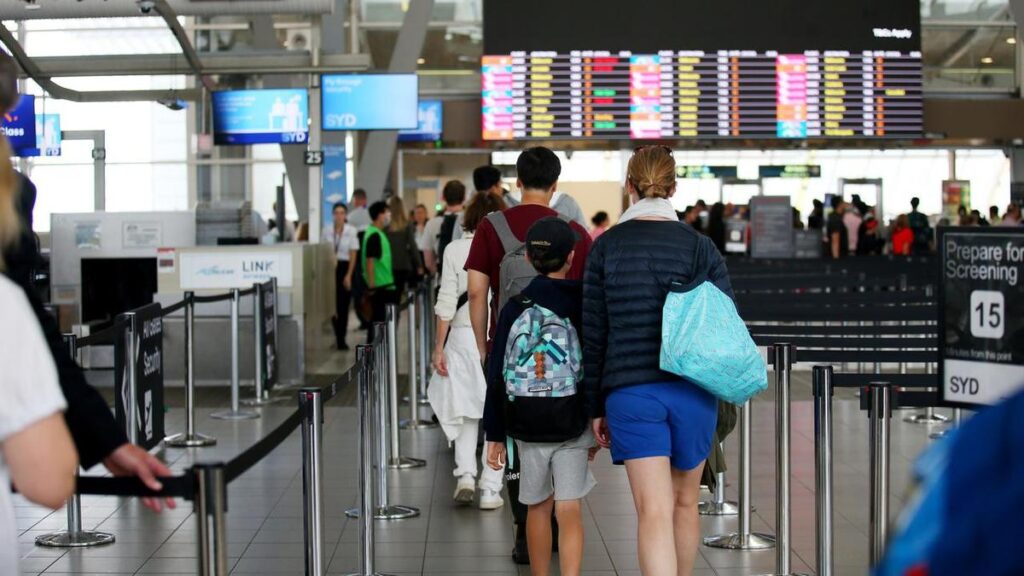
Australian travellers can anticipate a smoother and faster airport experience by the end of the year. Major airports across the country are racing to meet the Federal Government’s deadline for system upgrades, aiming to enhance security screenings. As part of a substantial $2 billion overhaul, passengers will no longer need to remove laptops, liquids, or aerosols from their carry-on bags. This change is expected to alleviate the long-standing frustration of lengthy security lines.
Sydney Airport is already reaping the benefits of these enhancements, with significant reductions in wait times at security checkpoints. According to a spokesperson, 11 out of 15 new screening lanes equipped with advanced CT technology are now operational at Terminal 1 of the international airport, with the remaining lanes scheduled to be active by November 7.
Revolutionizing Airport Security
The introduction of these high-tech lanes is part of a broader effort to streamline the airport experience. Although the total number of lanes will decrease from 17 to 15, the new 21-metre conveyor belts are designed to boost overall screening capacity by nearly 30 percent. The airport has reported a dramatic increase in passenger throughput, with numbers doubling since the implementation of the new lanes.
“Passenger throughput has increased by 100 percent compared to the previous lane output,” an airport spokesperson said.
Meanwhile, the $200 million security upgrades at Terminal 2 in the domestic airport are progressing well, with completion expected in the coming weeks. Two of the seven new security lanes featuring advanced CT technology are currently operational, with the remaining five set to be completed by the end of the year.
Enhancing the Passenger Experience
Travellers will still need to empty their pockets and remove coats and belts for body scanning, but the new streamlined process is already cutting screening times in half. Since the introduction of the new lanes, 99.1 percent of international passengers and 99.9 percent of domestic passengers have cleared security in under 10 minutes, far surpassing the Government’s expectation of a 15-minute maximum journey from check-in to gate.
The progressive rollout of 40 new smart gates has also significantly increased the processing speed for incoming passengers.
“Wait times for inbound immigration have improved, with 90 percent of passengers clearing within 35 minutes,” the airport confirmed.
Sydney Airport’s chief executive, Scott Charlton, emphasized the value of partnerships with airlines and the Australian Border Force in delivering more efficient and seamless passenger journeys.
“It also shows that the investments we are making in screening technology, terminal upgrades, and digital services are improving the travel experience across all terminals,” Mr. Charlton said.
Broader Implications and Future Developments
The announcement comes as Brisbane Airport prepares to unveil five new lanes at the Qantas security screening point. An additional 10 lanes will be completed in the domestic airport by Christmas, and eight upgraded lanes will open in the international terminal by the end of the year.
This development represents a significant shift in how airports manage security and passenger flow. The high-tech upgrades not only promise to enhance efficiency but also improve the overall travel experience for millions of passengers. As airports continue to adopt cutting-edge technologies, the future of air travel looks increasingly seamless and stress-free.
With these advancements, Australia’s airports are setting a new standard in passenger processing, potentially serving as a model for airports worldwide. The focus on technology-driven solutions underscores a broader trend in the aviation industry towards innovation and customer-centric approaches.






